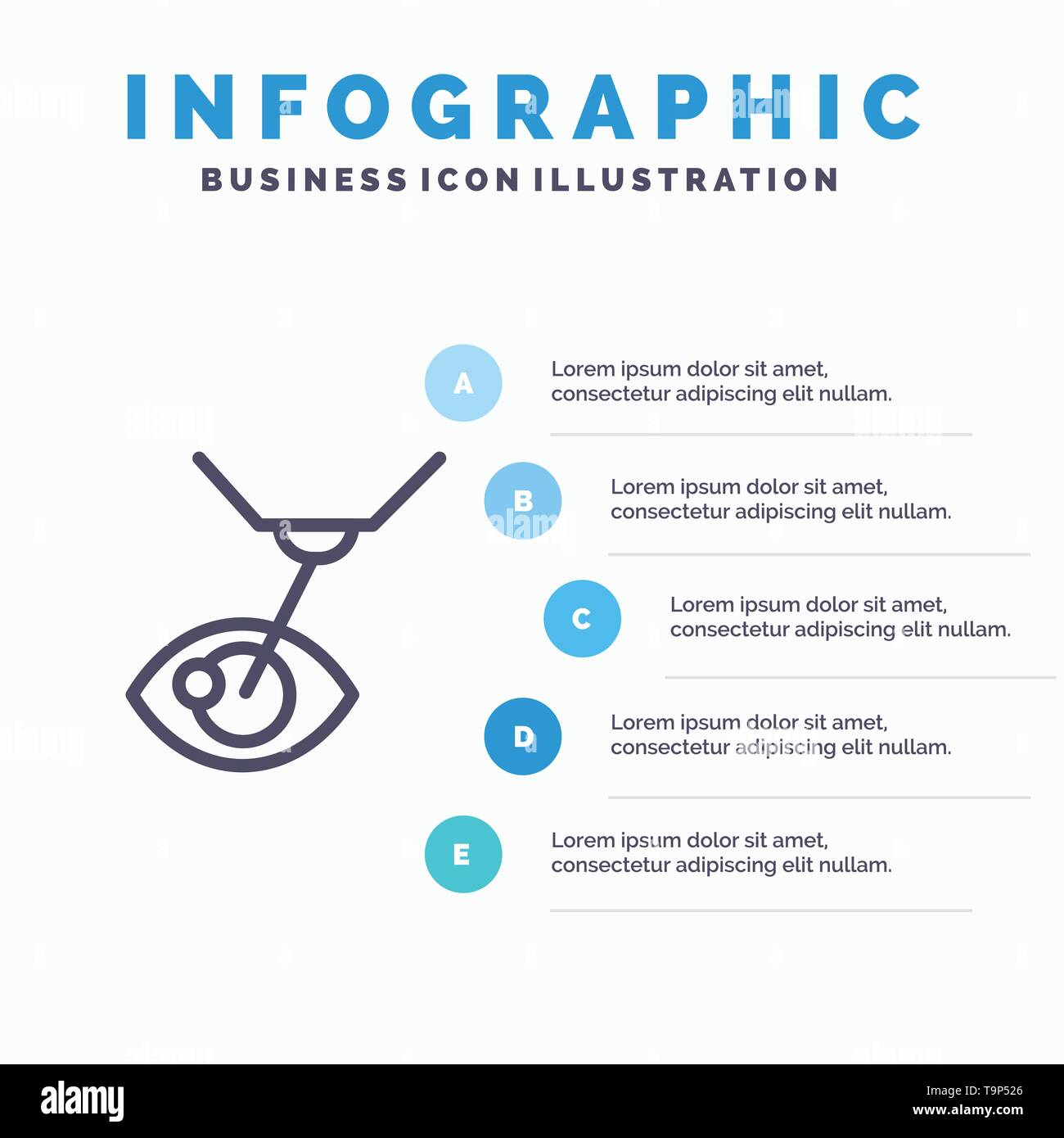What Is SMILE Eye Surgical Treatment? Steps, Advantages, Risks, And Healing Information

Author-Hinson Strickland
If you're taking into consideration vision improvement options, SMILE eye surgical procedure may be on your radar. This ingenious treatment entails producing a small lenticule in the cornea to resolve nearsightedness and astigmatism. Unlike traditional LASIK, it's less intrusive and promises quicker recuperation. However, while there are substantial benefits, there are additionally risks included. Comprehending related website can assist you make an informed decision regarding your eye health and wellness. What's the recuperation procedure like, and what should you anticipate?
Recognizing the SMILE Procedure
The SMILE procedure, or Little Cut Lenticule Removal, is a minimally intrusive eye surgery created to remedy vision problems like nearsightedness and astigmatism.
During this treatment, a laser produces a tiny lenticule, or lens-shaped tissue, within the cornea. You will not need any kind of stitches, as the small incision allows for a quick healing.
The specialist then gets rid of the lenticule via this small cut, improving your cornea to boost your vision. Unlike traditional LASIK, SMILE does not require the development of a large flap, which can result in fewer problems.
You'll locate that this strategy is less disruptive to the corneal structure, possibly improving security. Recognizing the procedure assists you feel more confident as you consider your alternatives for vision modification.
Advantages of SMILE Eye Surgical Procedure
While thinking about vision correction alternatives, you may find that SMILE eye surgical treatment supplies numerous engaging advantages.
First, it's minimally invasive, needing just a small cut, which indicates much less disturbance to your eye framework. This brings about quicker recuperation times and less discomfort contrasted to conventional LASIK.
You'll additionally value its precision; SMILE utilizes sophisticated laser technology to improve the cornea, supplying excellent outcomes for nearsightedness and astigmatism.
Furthermore, many clients report enhanced visual high quality, with fewer instances of glow or halos. Given that there's no demand for a corneal flap, your eyes remain a lot more stable post-surgery.
Lastly, the procedure usually takes simply a couple of mins, permitting you to return to your everyday activities much faster than with various other methods.
Potential Threats and Recovery Process
Although SMILE eye surgical treatment is usually secure, it is very important to be familiar with possible dangers that can develop during or after the procedure. smile surgery for myopia might experience temporary side effects like dry eyes, glow, or halos around lights.
In uncommon instances, complications such as infection, vision loss, or the requirement for additional surgery can occur.
Recovery usually involves a few days off and avoiding laborious tasks. You need to follow your surgeon's post-operative instructions very carefully, including making use of suggested eye declines and going to follow-up consultations.
Several clients see boosted vision within a few days, yet full recovery can take weeks. Remaining patient and offering your eyes time to recover is vital for the very best result.
Conclusion
To conclude, SMILE eye surgery uses a modern-day, minimally intrusive choice for correcting nearsightedness and astigmatism. With its quicker healing time and reduced pain, it's an attractive choice for many. Nevertheless, it's vital to weigh the prospective threats against the benefits. By remaining notified and following post-operative treatment, you can maximize your chances of a successful result. If you're considering this treatment, speak with your eye care professional to figure out if it's right for you.

